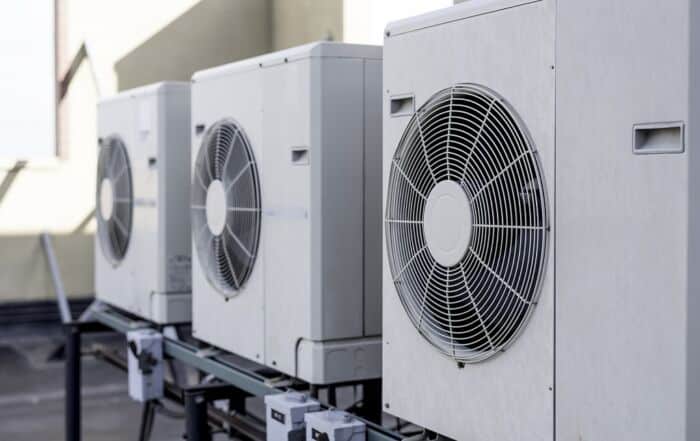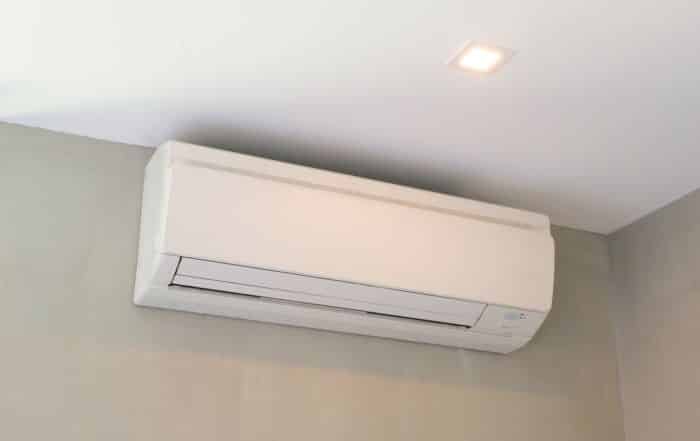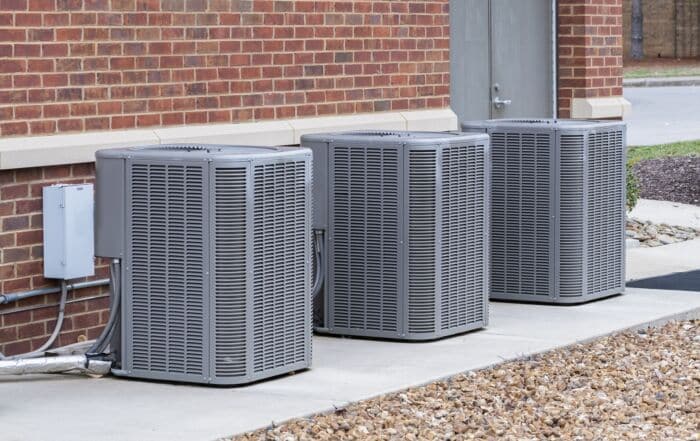You demand a lot from your furnace and need your home to remain warm and dry in the midst of intense cold and snow. The middle of winter is no time for a furnace emergency. A simple annual furnace performance check only takes a few minutes, but this crucial preventative step can save you time, money, and anguish later.
Not sure if you really need a professional furnace inspection or tune-up? Read on to learn more about these three pricey problems a furnace performance check can reveal.
1. Furnace Inefficiency
A furnace can appear to function quietly and provide heat on demand, but often a performance check reveals patterns of inefficiency that can force you to pay higher utility costs for a warm home. A furnace is inefficient when it cannot produce the most heat for the least amount of electricity or gas fuel. This can occur for several reasons.
Filters
Sometimes a furnace is inefficient because airflow is constricted due to dirty filters. Air cannot pass freely through a thick crust of dirt and dust, which forces a furnace to expend more fuel simply to distribute warm air.
Wrong Size or Design
Or, a check reveals a furnace is sized improperly for your home or has poor ductwork design. Some builders or unknowledgeable homeowners choose a less expensive furnace system to save money. Unfortunately, that system is woefully inadequate for the heating demands of the existing square feet.
Older Model
Older models are less efficient due to their lack of modern technology with regards to efficiency. Older furnaces are less efficient when they rely on antiquated technology like continuous pilot lights and gravity-based draft systems.
Slightly newer and more efficient models are somewhat better when they employ fans that control airflow and use an electronic ignition rather than a pilot light. The most efficient models, however, condense gases in a second heat exchanger and have sealed combustion in order to attain an AFUE (Annual Fuel Utilization Efficiency) rating up to 98.5%.
2. Rusty Heat Exchanger
A furnace heat exchanger is one of the most important components of a furnace. Fuel burns within the exchanger, warming its surface so that forced air can collect and distribute that warmth throughout your home.
Unfortunately, heat and moisture collects inside the exchanger and prompts the growth of rust. Higher efficiency furnaces especially can become rusty because air within the second heat exchanger is much cooler and forces liquid to condense, which leads to the familiar orange corrosion. Rusty metal is at greater risk of weak spots and holes. Leaky heat exchangers have the potential to release dangerous carbon monoxide into a home.
A visual inspection will quickly reveal any rust, leaks, or holes in the heat exchange or other components of a furnace.
3. Faulty Defrost Cycle
You may not want to venture outside to check on your outdoor heat condenser unit, but a performance check team definitely will. Colorado winters are notorious for snow and ice that collects on this important component. Even a unit with some shelter can collect nearby melt-water during heap pump operation which then freezes later on coil surfaces.
Icy outdoor coils hinder the flow of air across the coils and may damage the compressor motor. For this reason, many outdoor units turn on a defrost cycle to melt ice and remove those blockages. However, a defrost cycle can malfunction and run continuously or not at all. You may hear the blower fan and mistake it for the defrost cycle.
An expert can check the efficiency of the defrost capability of your outdoor heat condenser unit and remedy any problems.
Have your furnace and other important heating components checked by the professionals at Dallas Heating & Air Conditioning. We will conduct a performance check and keep your furnace working hard this winter.
Related Posts
Exploring Ductless Air Conditioning Systems for Small Spaces
If you’re a homeowner tired of sweating through sweltering summers, a ductless air conditioning [...]
Signs Your Air Conditioning Unit Needs Professional Maintenance
Imagine coming home on a sweltering summer day only to find that your air [...]
Common Misconceptions About Air Conditioning Usage and Costs
Air conditioning units are a staple in many homes, especially during the hot summer [...]


